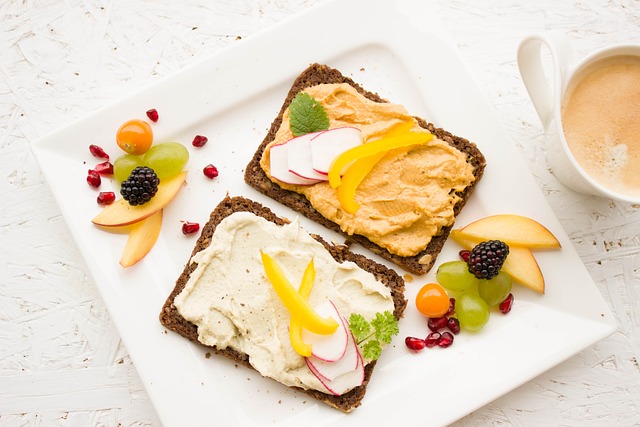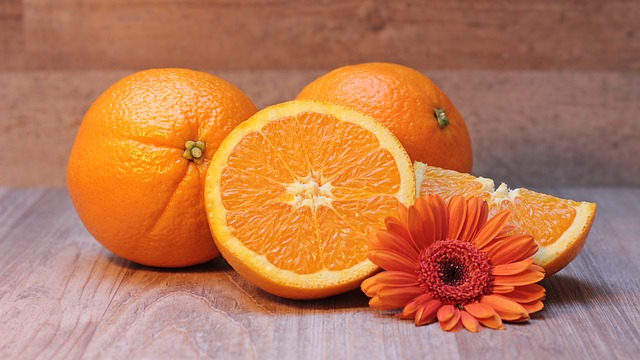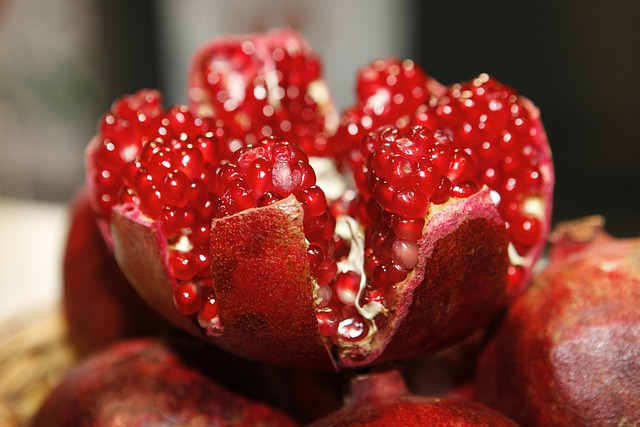Probiotics 101: Everything You Need to Know About the Good Guys in Your Gut
Probiotics have been gaining a lot of attention in recent years for their potential health benefits. You may have heard about these “good bacteria” and how they promote a healthy gut. But what exactly are probiotics, and how do they work? In this article, we will dive into the world of probiotics and explore everything you need to know about these beneficial microorganisms.
What are Probiotics?
Probiotics are live microorganisms that can provide health benefits when consumed in adequate amounts. They are often referred to as “good bacteria” because of their ability to promote a favorable balance of microflora in the gut. While bacteria are often associated with illness and infection, not all bacteria are harmful. In fact, our bodies are home to trillions of bacteria, both good and bad, that make up our gut microbiota.
How do Probiotics Work?
Probiotics work by colonizing the gut and creating a protective barrier against harmful bacteria. They can compete with pathogenic bacteria for resources and space, thus preventing them from causing infections. Additionally, probiotics can produce substances that inhibit the growth of harmful bacteria.
Furthermore, probiotics play a crucial role in supporting our immune system. About 70% of our immune system resides in our gut, and a healthy gut microbiota helps to enhance immune function. Probiotics can stimulate the production of immune cells, strengthen the intestinal barrier, and modulate immune responses.
Types of Probiotics
Probiotics belong to different strains of bacteria and yeast, with the most common strains being Lactobacillus and Bifidobacterium. Each strain may offer different health benefits, so it’s essential to choose the right probiotic for your specific needs.
Lactobacillus strains are known to support overall digestive health and may be helpful in reducing symptoms of lactose intolerance. These strains can also promote vaginal health in women and support the immune system.
Bifidobacterium strains, on the other hand, are primarily found in the large intestine and help with the digestion of fiber. They can also help prevent diarrhea, particularly in infants and children.
Other common probiotic strains include Saccharomyces boulardii, Streptococcus thermophilus, and Enterococcus faecium, each offering its own set of potential benefits.
Sources of Probiotics
Probiotics can be obtained through certain foods and dietary supplements. Fermented foods, such as yogurt, kefir, sauerkraut, and kimchi, are excellent sources of natural probiotics. These foods undergo a fermentation process, which allows beneficial bacteria to grow.
When choosing probiotic supplements, it’s important to look for reliable brands that provide strains and quantities supported by scientific evidence. It’s also crucial to store supplements properly to maintain their potency.
Benefits of Probiotics
Consuming probiotics regularly as part of a healthy lifestyle may provide numerous benefits. Some potential advantages of probiotics include:
- Promoting digestive health by improving gut motility and reducing symptoms of digestive disorders like irritable bowel syndrome (IBS) and inflammatory bowel disease (IBD).
- Preventing and treating antibiotic-associated gastrointestinal issues by restoring the natural balance of gut bacteria disrupted by antibiotics.
- Strengthening the immune system to fight off infections and reduce the risk of certain allergic conditions.
- Supporting vaginal health by preventing and treating bacterial vaginosis and yeast infections.
- Potentially improving mental health by reducing symptoms of anxiety, depression, and stress.
- Enhancing skin health by reducing acne and certain skin conditions like eczema.
- Promoting heart health by reducing high blood pressure and cholesterol levels.
Potential Side Effects and Precautions
While







